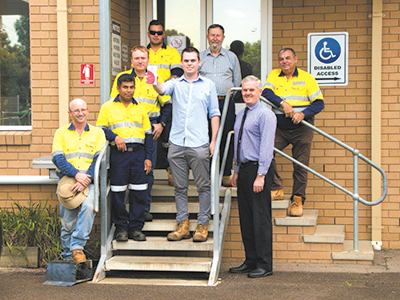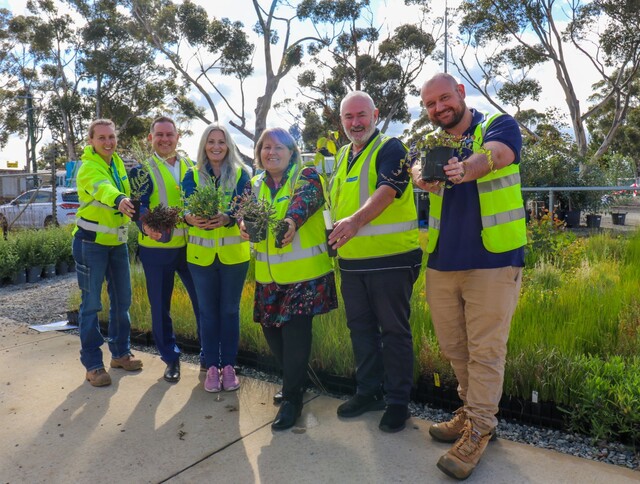An innovative approach has reaped benefits for Muswellbrook Shire Council’s Community Infrastructure department in New South Wales.
The Water and Waste section of the Community Infrastructure department received a Highly Commended award in the Category: New and Improved Techniques in Asset Management at the recent Institute of Public Works Engineering Australasia (IPWEA) NSW Division Excellence Awards.
In 2016, Muswellbrook Water and Waste developed and implemented a water main condition assessment program that aimed to establish a water main replacement and/or rehabilitation program using actual field based condition assessment information.
Each segment was assessed to pinpoint where water main replacements were necessary and where various rehabilitation techniques would be more cost effective over the life cycle.
Muswellbrook’s water network is quite aged, especially in the CBD area of Muswellbrook. The main objectives were to reduce construction costs and minimise disruption to commercial businesses.
Other objectives were to extend the service life of the water main assets in order to gain maximum utilisation out of each water main and to minimise the water losses and water quality issues that occur due to aging water mains.
In February 2017, Water and Waste engaged a specialised contractor, Abergeldie, to complete a water main renewal project in the Muswellbrook CBD using a relatively new technique called Water Main Spray Lining where, instead of pulling a liner through the water main, it would be Spray Lined to a specified thickness determined by the field condition assessment result. Council staff from Network Team Two worked with the contractors to keep all the businesses fully connected throughout the process off temporary services.
This technique was chosen due to the minimal effect on traffic flows, the small construction footprint, no excavation at service connections, a selective liner thickness, the small timeframe, the limited affect that it had on the surrounding large fig trees and the overall efficiency of the project.
The adoption of this technique also allowed Water and Waste to complete the renewal of the water main with a saving of 25 per cent over conventional renewal processes.
Council’s Water and Waste section now has an ongoing water main condition assessment and replacement program for the future.








